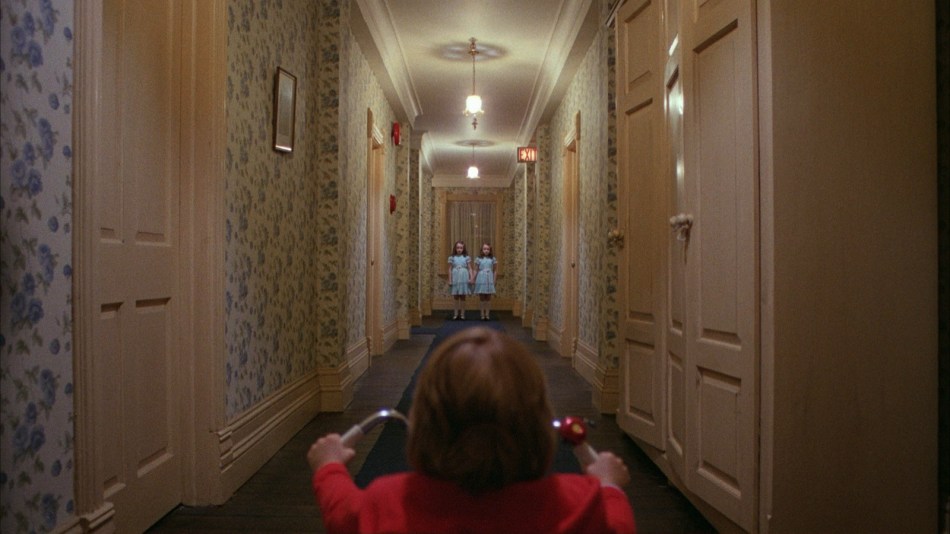There are few films in the horror canon that have gained lasting notoriety quite like Stanley Kubrick’s 1980 film adaptation of Stephen King’s The Shining. The iconic images of the Grady twins and Jack Nicholson’s head popping through the door, delivering the iconic “Here’s Johnny” line are recognizable to those who haven’t even seen the film. As he had done in many of his films before, Kubrick took a genre and turned it on its head, giving audiences a horror offering that not only kept them scared long after leaving the theater, but kept them scratching their heads, as well.
 The Shining follows Jack Torrance (Nicholson) accepting a job as caretaker for the Overlook Hotel during its off season. Accompanying him are his wife, Wendy (Shelley Duvall), and son, Danny (Danny Lloyd), as they plan to stay alone in the hotel for a few months. Danny possesses a supernatural ability that enables him to see visions, guided by his imaginary friend Tony, that become more frequent as his tenure at the hotel begins. The hotel’s sinister aura soon leads to the weakening of Jack’s mental stability, leaving his family in danger.
The Shining follows Jack Torrance (Nicholson) accepting a job as caretaker for the Overlook Hotel during its off season. Accompanying him are his wife, Wendy (Shelley Duvall), and son, Danny (Danny Lloyd), as they plan to stay alone in the hotel for a few months. Danny possesses a supernatural ability that enables him to see visions, guided by his imaginary friend Tony, that become more frequent as his tenure at the hotel begins. The hotel’s sinister aura soon leads to the weakening of Jack’s mental stability, leaving his family in danger.
Kubrick’s take on horror was an unconventional move in his career, but was brought on by a need for a commercial success after the financial failure of his previous film, Barry Lyndon. Kubrick’s fascination with Stephen King’s recent novel proved as good source material, though the director opted to take artistic liberties with it. The result being a film whose psychological undertone not only embeds itself in the characters, but in the audience as well. Since its release, The Shining has remained popular and may very well be Kubrick’s most accessible film, despite still being a complex offering in his filmography.
While Kubrick makes use of the jump scare trope through surprise and startling music, much of the film’s horror comes from the suspense that stems from the opening shot. Kubrick’s trademark of using pre-recorded music for his films is especially strong here as he pieces together haunting songs that accompany their respective scenes perfectly. The viewer is discombobulated by the interior of the hotel, whose corridors appear inconsistent as Danny rides his big wheel through the halls. The use of Steadicam somehow heightens the tension, giving an almost unreal precision to the cinematography.
The standout of The Shining, as is true for any Kubrick film, is the performances. Though often the subject of criticism, Nicholson gives a truly career-defining performance. Some might find it over the top and too humorous for a horror film, but it is quite the opposite. Rather than following the novel’s depiction of Torrance as a man gradually going insane aided by the influence of the hotel, Nicholson’s plays him as a character who may have been insane from the start. Duvall’s performance is also unparalleled, perhaps because she herself was genuinely in distress on set (Kubrick’s method of directing her often turned to emotional manipulation). Lloyd leaves the viewer to believe he is genuinely horrified at times, despite the fact that he was starring in a horror film was hidden from him.
For years, Stephen King has been vocal about his distaste for the film because it did not closely follow its source material. Kubrick rarely did. However, King’s opinion continues to come across as unpopular as The Shining is still beloved by horror fans and cinephiles alike.


0 comments on “Fright 5: The Shining”